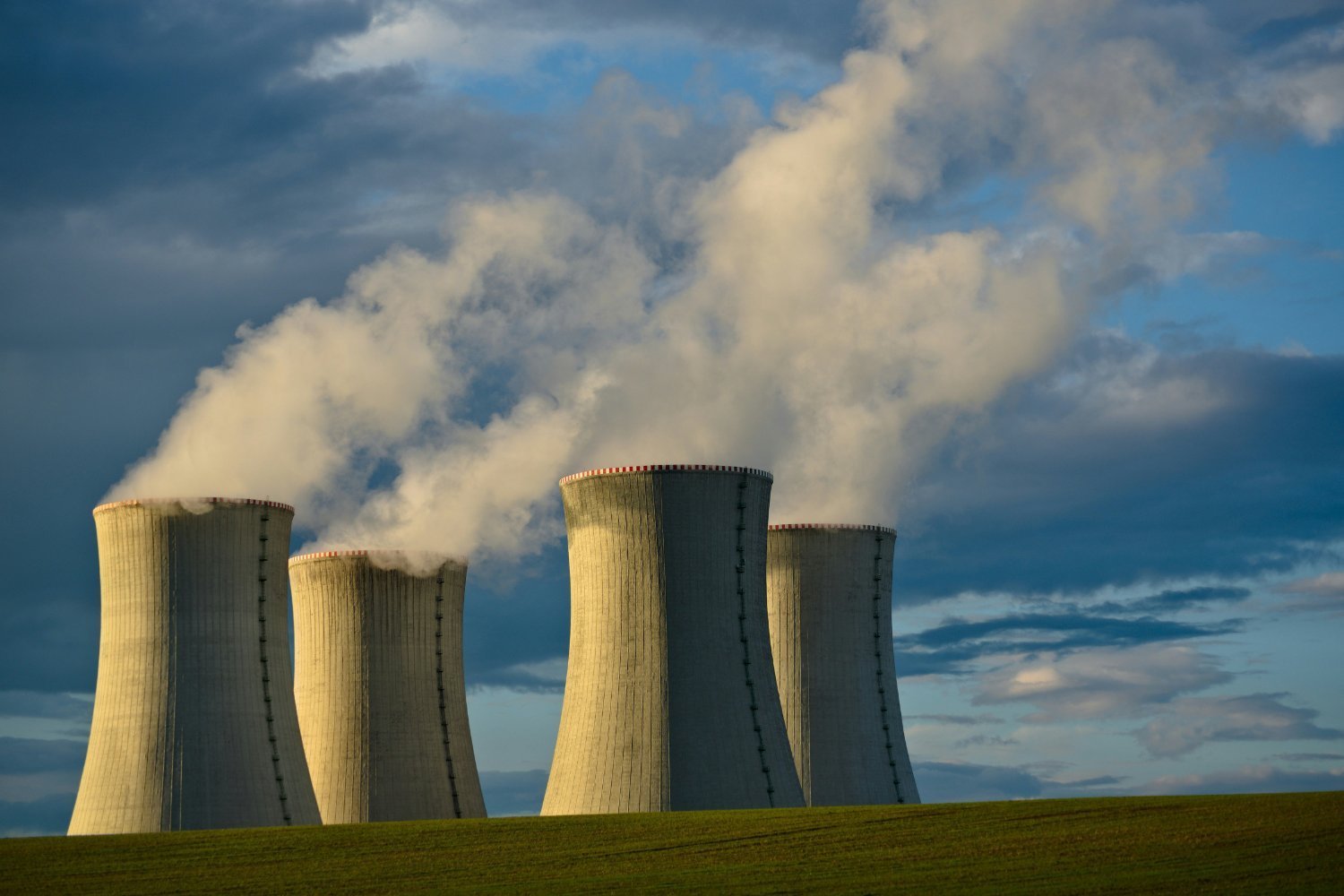Latin America is a Bomb-Free Zone: 33 Countries Join Largest Anti-Nuclear Pact

At first glance, the answer seems simple: goodwill. But behind that facade lie crises, diplomatic maneuvers, and technological ambitions that, if successful, would have turned Argentina or Brazil into nuclear powers. The nightmare of a nuclear holocaust marked the foreign policy of the entire continent. Inspired by the Irish initiative to limit proliferation, countries like Costa Rica and Mexico pushed for debates at the UN. The 1962 crisis revealed a weak spot: an ally committed —Havana— was enough to turn Caribbean beaches into Soviet launching pads.
Accelerated Diplomacy and Nuclear Weapon-Free Zones
This revelation accelerated diplomacy: Mexico took the lead after the Brazilian military coup (1964) and found an echo in almost every foreign ministry, eager for peace. The Tlatelolco Treaty prohibits “the testing, use, manufacture, acquisition, or deployment” of nuclear weapons. Signed in 1967, it came into effect in 1969 and laid the groundwork for subsequent nuclear weapon-free zones in the Pacific, Africa, and Central Asia.
Challenges and the Path Forward
In the midst of new global tensions —from the Korean Peninsula to the Middle East—, Latin America exhibits a model of preventive diplomacy. Tlatelolco proves that peripheral multilateralism can impose norms without depending on nuclear powers. However, challenges persist: lithium and uranium mining in the Southern Cone, armed drones, and the temptation to “nationalize” strategic technological cycles. Keeping the region free of nuclear weapons will require transparent watchdogs, funding for civil projects, and political leadership capable of resisting the seduction of atomic power.







